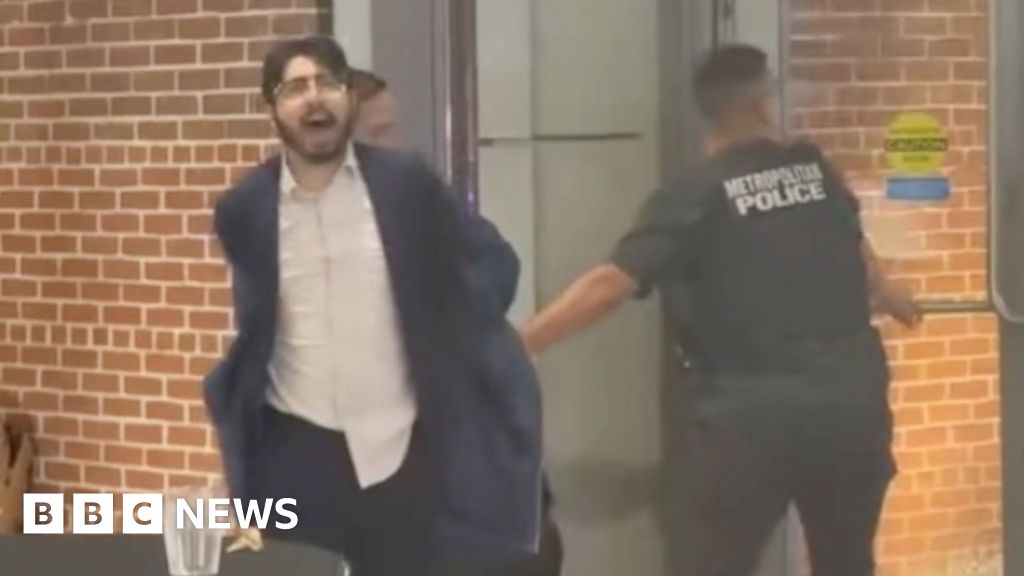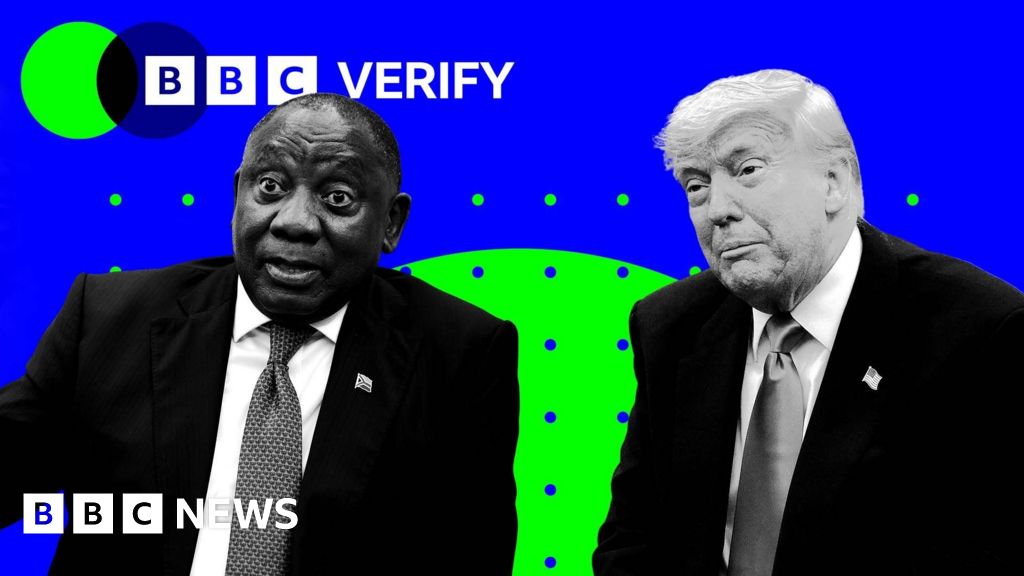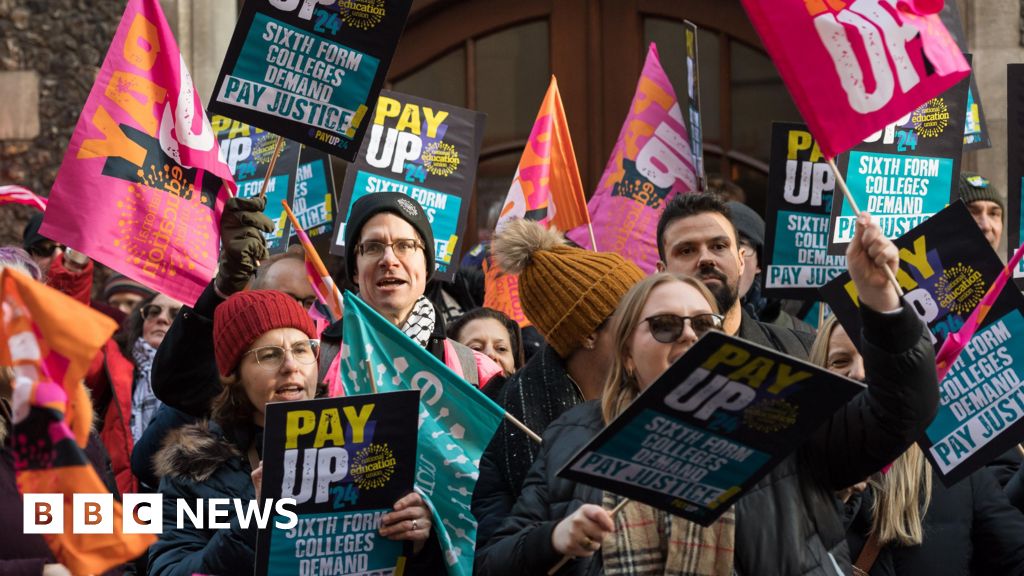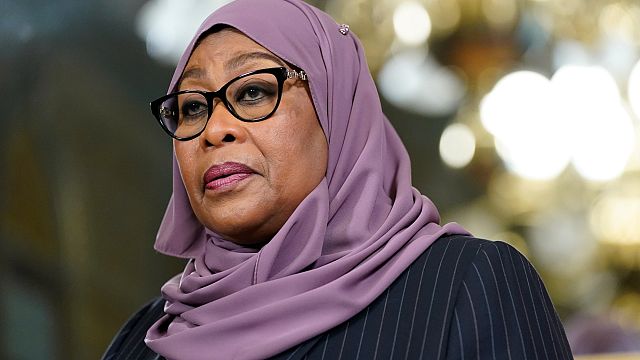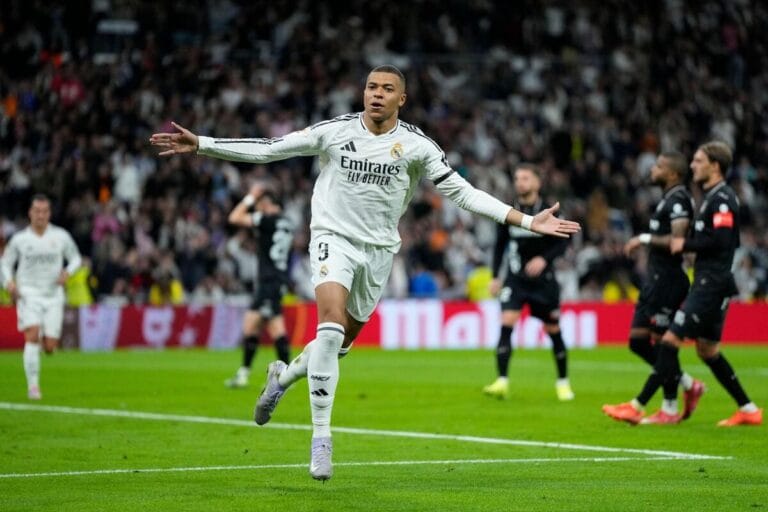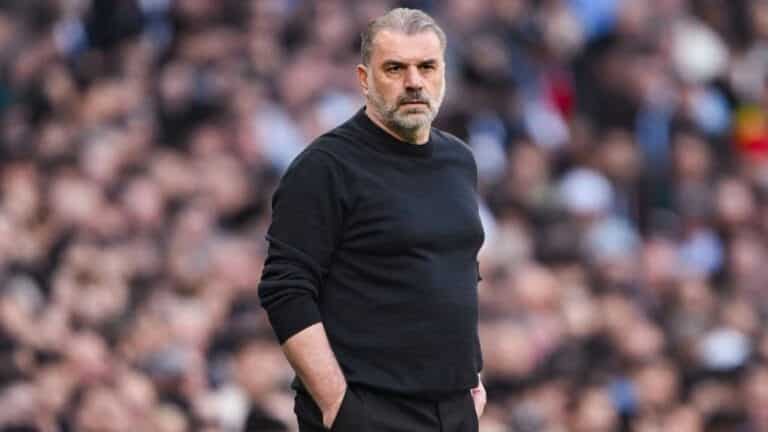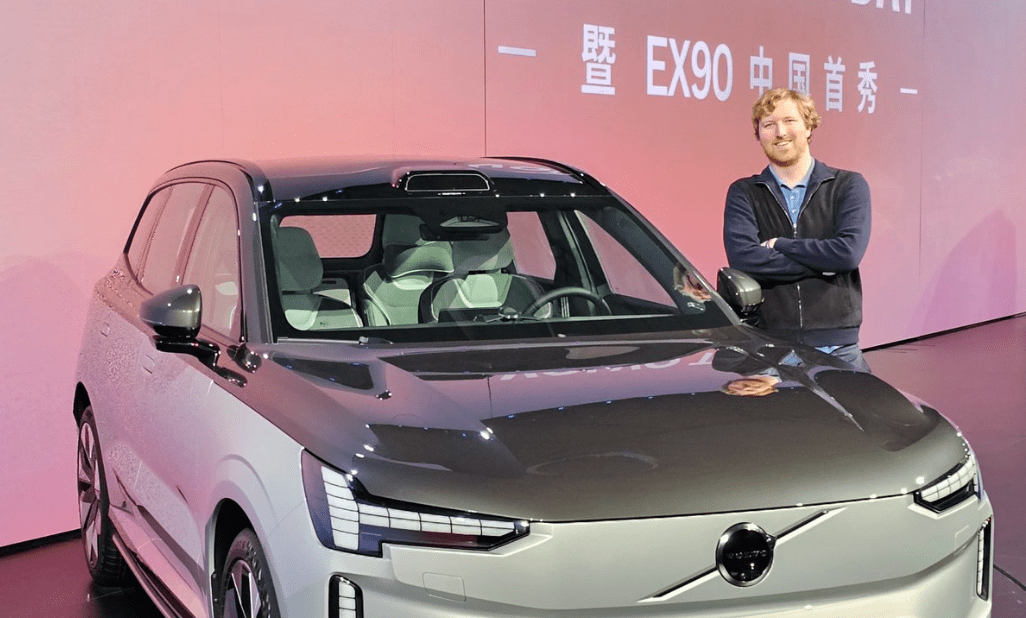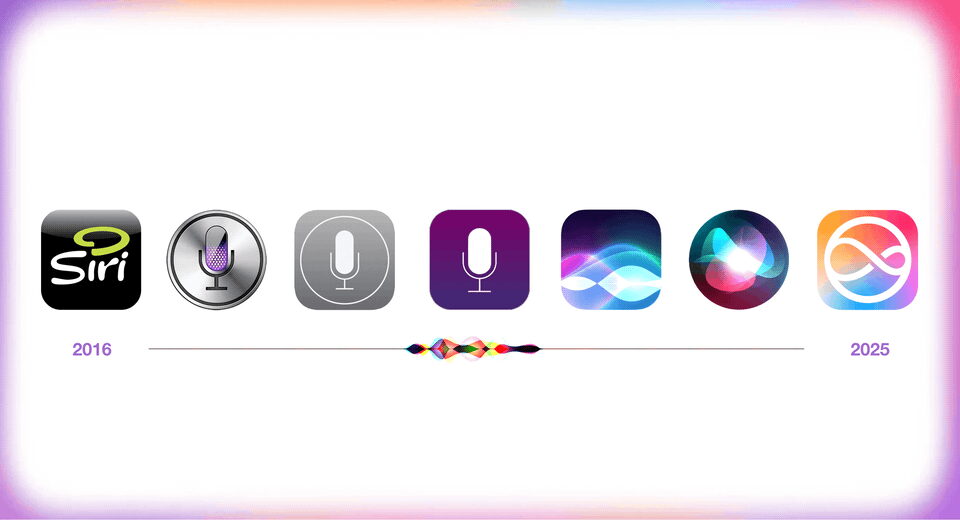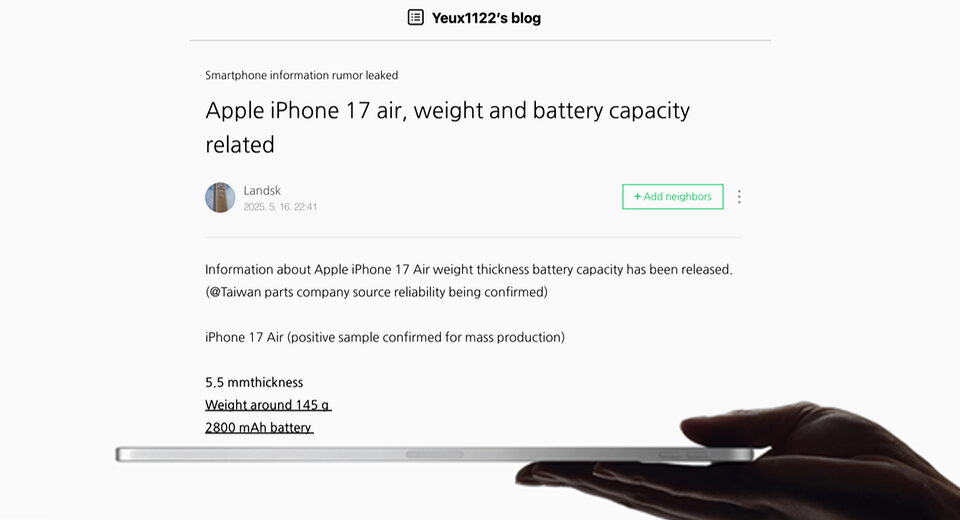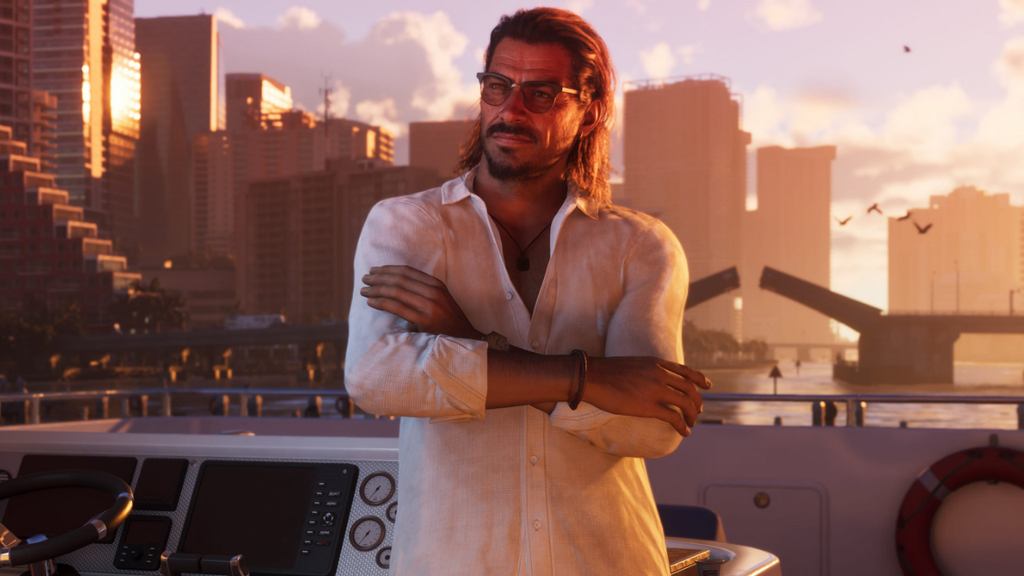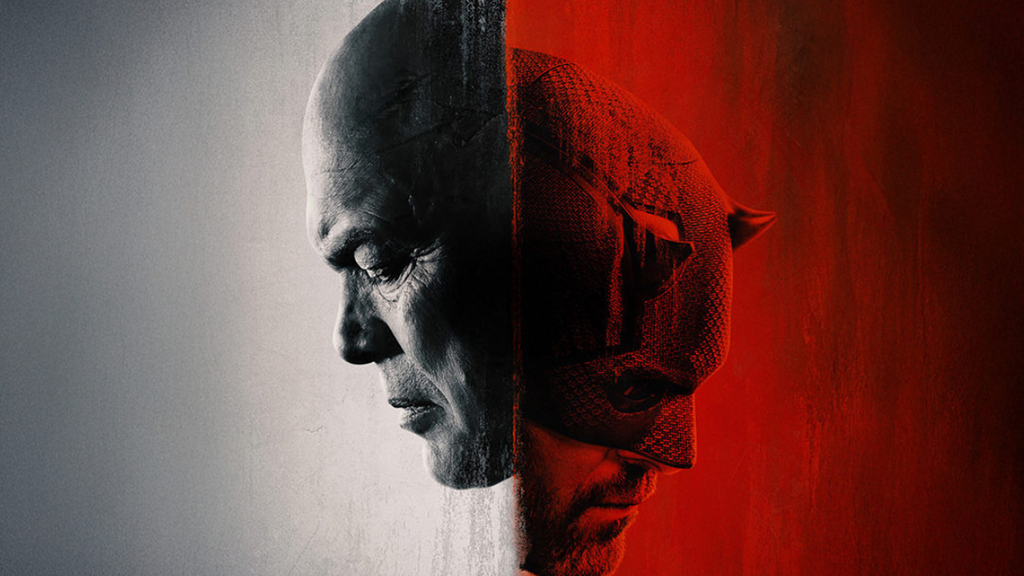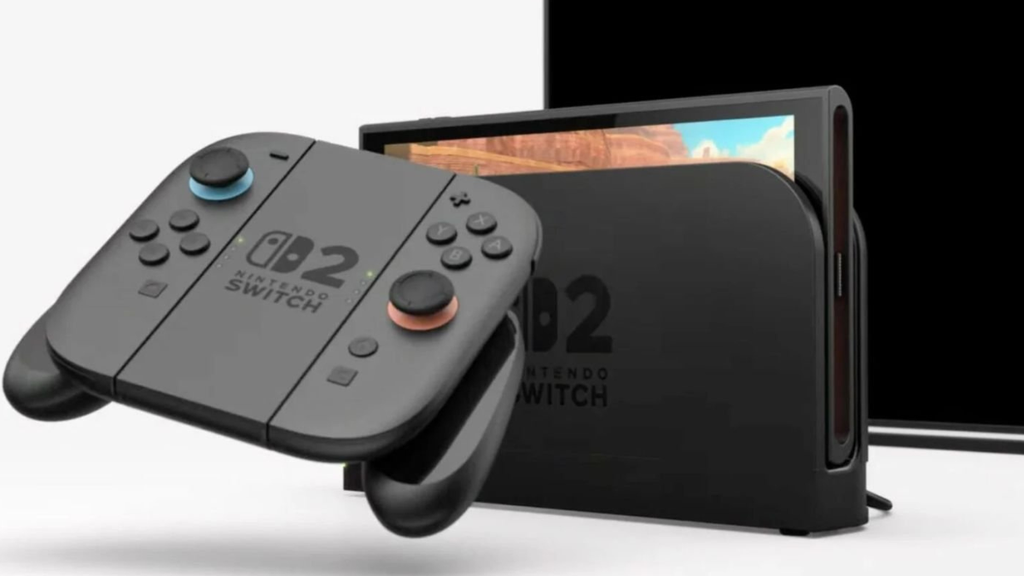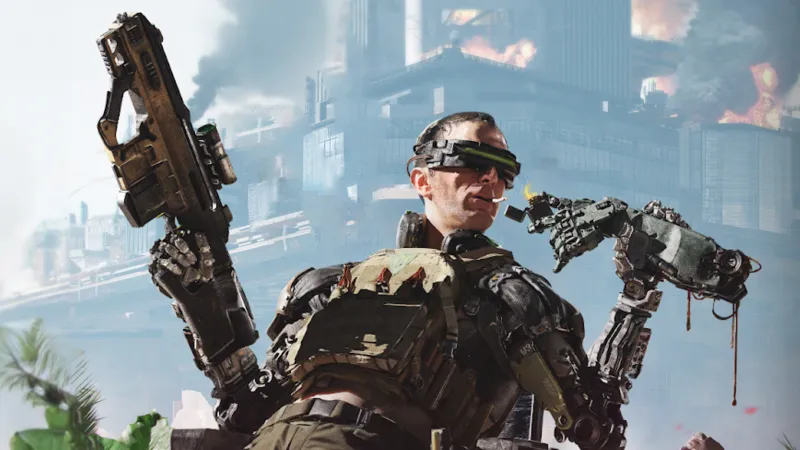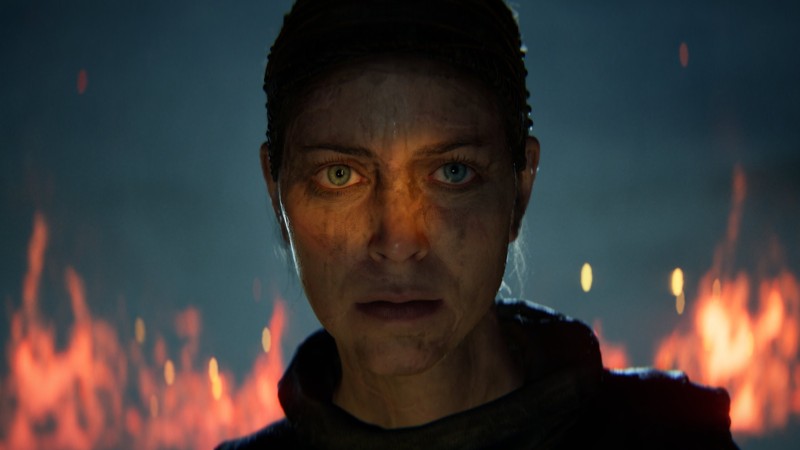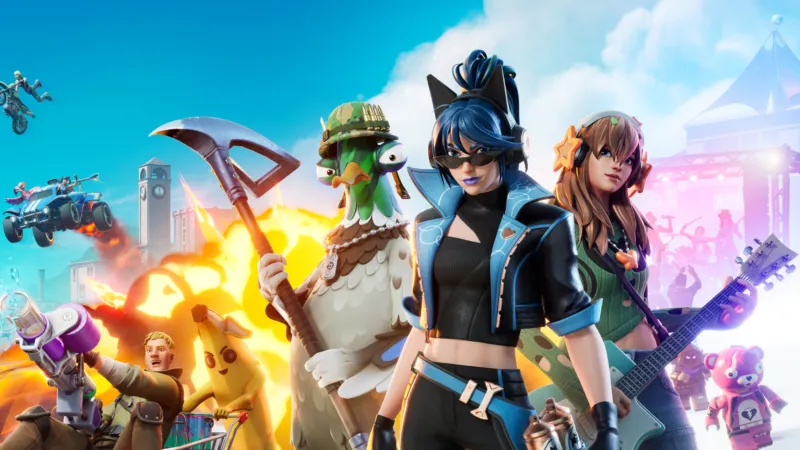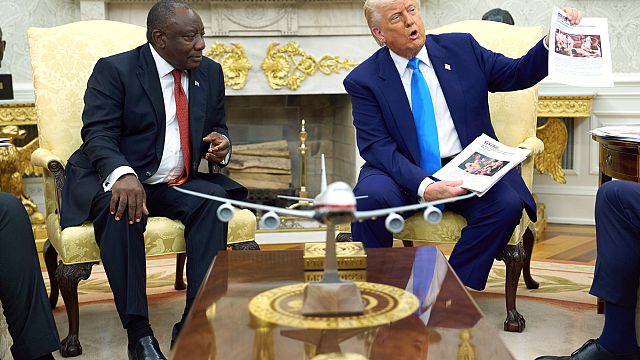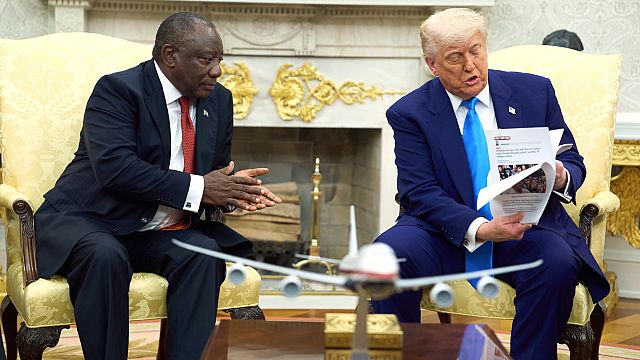South Africa Wanted to Talk Trade. Then Trump Turned Down the Lights.


For President Cyril Ramaphosa of South Africa, the meeting in the Oval Office was meant to be a chance to hit the reset button.
He did everything to get the mood right. He got President Trump to giggle with a joke about golf. He offered him a book. And he kept the compliments flowing, thanking Mr. Trump for providing South Africa with respirators during the Covid-19 pandemic.
“It really touched my heart,” Mr. Ramaphosa said.
In the build up to Mr. Ramaphosa’s meeting in the White House on Wednesday, South African officials stressed that they would not focus on Mr. Trump’s recent claims of white genocide, which are widely acknowledged as false. Instead they would talk about tariffs, South Africa’s valuable minerals and strengthening business ties between the two countries.
But Mr. Ramaphosa walked away from the meeting bruised and still carrying uncertainty over the future of his country’s crucial relationship with the United States. His effort to avoid the discussion of the so-called genocide and the recent arrival of 59 white South Africans labeled refugees by the Trump administration appeared to backfire spectacularly.
Now, South Africa finds itself with more work to do to avert steep tariffs, secure a new trade agreement and set the record straight on Mr. Trump’s continued accusations of racism against white people, who on the whole are much better off economically than the Black majority in South Africa.
“Today’s performance, if it does not lead to meaningful reconciliation, will only create more downward pressure on poor South Africans who struggle,” said Patrick Gaspard, the former United States ambassador to South Africa.
South Africa needs the United States more than ever, with unemployment and inequality soaring, economic growth tepid and violence against South Africans of all races rampant. Mr. Ramaphosa sought to get reassurances from the White House that his country could continue to rely on the United States, its second largest trading partner, as a market for South African goods and as a source of investment in the nation’s economy.
But his plans fell apart when Mr. Trump ordered his people to turn down the lights in the Oval Office.
An aide standing next to a big-screen television popped open a laptop and pressed play. A montage of clips featuring Julius Malema, a firebrand leftist South African politician, began to play. In the clips, Mr. Malema leads apartheid-era chants calling for South Africans to kill Afrikaners, the white ethnic minority that created and led the brutal system of apartheid.
For the next 40 minutes, as the world watched live, Mr. Ramaphosa could do little to stop Mr. Trump from framing the meeting on his terms. Karoline Leavitt, the White House press secretary, deposited a stack of news clips on a table next to Mr. Trump with headlines about white South Africans.
Mr. Trump even got Retief Goosen — one of the championship golfers Mr. Ramaphosa had brought to the meeting to help dispel myths about white persecution — to reveal that his family used an electric fence for protection and that his mother had been the victim of an attack.
At one point, Mr. Trump equated the circumstances — falsely — that white South Africans currently face to the atrocities of apartheid, which subjected Black South Africans to subhuman conditions and violence.
But, Mr. Trump said, “what’s happening now is never reported.”
Mr. Ramaphosa’s efforts to address the footage were drowned out by Mr. Trump, who went so far as to wave off the South African leader when he attempted to talk over the video.
Still, Mr. Trump declined to say he knew for certain that there was genocide against white people happening in South Africa, and Mr. Ramaphosa counted that as a win.
“I do believe that there’s doubt and disbelief in his head about all of this,” Mr. Ramaphosa said.
The two sides held a working lunch following the Oval Office gathering, and Mr. Ramaphosa briefed journalists in a hotel ballroom afterward. He was greeted by halting applause from members of his delegation. The president, known as a calm tactician, was smiling.
“All in all, I do believe that our visit here has been a great success,” Mr. Ramaphosa said, arguing that once the cameras were off, the conversation was no longer contentious.
South Africa presented a framework for a trade deal, the president said, and the two sides agreed to hold further discussions to iron out the specifics of an agreement. He said that Mr. Trump indicated that he would attend the Group of 20 summit in Johannesburg in November, despite suggestions by his administration that the United States might skip it.
Even as Mr. Ramaphosa claimed success, by his own measure, there remains a lot of work to do to repair his country’s relations with the United States and bring the economy back to heel.
Senator Chris Van Hollen, a Democrat from Maryland, said that if South Africa, the continent’s largest economy, continued to feel isolated by the United States, it could damage American interests as well.
“I see this as Donald Trump retreating from the Global South and ceding leadership to China and other adversaries,” he said.
Mr. Ramaphosa did manage to avoid one contentious discussion during the meeting: Mr. Trump’s delegation did not even bring up the genocide case that South Africa filed against Israel for the war in Gaza, a subject that has fueled many of Mr. Trump’s attacks against South Africa.
What's Your Reaction?
 Like
0
Like
0
 Dislike
0
Dislike
0
 Love
0
Love
0
 Funny
0
Funny
0
 Angry
0
Angry
0
 Sad
0
Sad
0
 Wow
0
Wow
0

